Bikepacking Gear List
Bikepacking is an incredible way to experience nature and find solitude. It’s like backpacking, but on a bike! We love Bikepacking because it allows you to travel faster, further, and with less wear and tear on your body. The concept is the same as backpacking. Strap some gear to yourself (or your bike for that mattter), pick a point on the map, and move towards it. Bikepacking, however, requires some pretty specialized equipment and allows for pretty limited space. Let’s dive into the essential bikepacking gear you need.
Bikepacking Bags
There are two styles of bikepacking bags. If you’re doing more on road touring, then you’re going to want to look at doing racks and panniers, as this will allow for more volume and more secure storage for long days on the road. The other style of equipment are more specialized bikepacking bags that get secured to your frame. The big three are your framebag, handlebar bag, and seatbag. These bags will account for most of the storage for your kit. Depending on the bags you go with you may find yourself in need of additional storage and for this you should look for a lightweight backpack. We are partial to running style vests as they allow for your food and water to be easily accessed.
Sleep System
Rather than tell you specifically what products you should consider for your sleep system we’ll just give some basic recommendations. Your sleep system consists of a tent, sleeping bag, and sleeping pad. Let’s dive into those now.
Tent
Things to consider are weight, compactness, and form factor. There is no such thing as “the best tent for bikepacking”rather there are the best tents for certain occasions. If you’re bikepacking the Colorado Trail your “best tent” is going to look a lot different than if you are touring the fire roads in northern Minnesota. So, here are a few things to consider.
1 person versus 2 person. A 2 person tent is going to be heavier but it’s going to give you more room for gear and be far more comfortable than a 1 person tent.
Dyneema versus Silnylon/polyester. Tents made with Dyneema are going to be lighter, but they’re also going to cost a LOT more (like, approaching $1,000 dollars). They don’t retain water which is really nice and helps to keep a tight pitch BUT they also are not as compressible or packable, and this is a huge consideration. Silnylon or polyester tents are generally what comes to mind when you think of a tent. They pack up really well and are generally pretty durable. The tent of our choosing here at Cold Case Gear is the Big Agnes Flycreek 2. We also will run a Six Moon Designs Serenity net tent with a Deschutes tarp for trips that require the lightest set up possible.
Sleeping bag or quilt.
Whether you want to run a sleeping bag or a quilt you are going to want to go with down instead of synthetic. Once again, space is truly at a premium when bikepacking and down anything is going to compress to a greater degree than a comparative synthetic. If you really need to save the most amount of space you will want to bring a quilt, as they ditch the whole bottom section of insulation and rely on the warmth created by your sleeping pad. Budgets dictate the kind of bag you will go with but you should look at going with at least an down fill, if possible.
Sleeping Pad
Should you roll with an inflatable pad, a closed cell foam pad, or both? Once again, your choice of sleeping pad is going to be impacted by the terrain you plan on sleeping on. For trips in southern Arizona running a foam pad makes a ton of sense because it never gets all that cold so insulation is a bit less important but protection from the ground (uhhh cactus) is essential.
Now find yourself high up in the mountains where it drops below freezing most nights even in the summer you’re going to need some insulation. This is the domain of the inflatable air pad. As a rule of thumb non insulated pads are going to be lighter and cheaper, but they might not be warm enough for you. You can use a combination of foam pad and airpad to achieve great results and get a bit of redundancy should anything happen.
Great, so you’ve got your sleep kit dialed in now what else do you need?
For starters, pack extra insulation like a puffy jacket and wool baselayers. You’re going to want some rain gear as well. Find something that is light and packable but doesn’t sacrifice performance. When you need to stay dry for hours at a time you don’t want your rain layers to fail.
Make sure to also pack some spare tools and parts for your bike such as tubes, tire irons, pump for tires and shocks, patch kit, a multi tool, and anything else that can help you with some road side repairs. The last thing you want is to get stuck out in the middle of nowhere with a broken down bike.
We’ve discussed your sleeping setup, clothing, and extra items to pack, so now let’s touch on your cook kit.
Just like with everything else there are different considerations here based on duration of trip, local restrictions, and your personal preference. Some folks like to go with a “no-cook” kit where they don’t bring a stove and everything can be cold soaked. While that saves weight and space a lot of us out there love to have a good ‘ol cup of coffee at camp.
For shorter forays into the wild a simple stove that screws onto the top of a fuel canister works great. MSR, Soto, Snow Peak, and others make great options. For a fully self contained unit you can go with a Jetboil. For longer trips or in variable conditions something that burns liquid fuel like the MSR Whisperlite is truly great. You can carry a ton of fuel for it and find fuel just about anywhere. They even burn gasoline.
If you live to the East of the Continental Divide you might be able to get away with using an alcohol stove. This incredibly light stoves burn denatured alcohol, have decent boil times, and are the absolute lightest weight option. A word of caution, however, you can not use these stoves in areas where there is a fireban. Many areas in the west prohibit any stove that doesn’t have an on/off switch and alcohol stoves can not be turned off.
Bikepacking truly is an incredible experience and it allows you to see so much of the world. Traveling with everything you need strapped to your bike, the wind blasting through your hair, and riding from sunrise to sunset are things to live for. Where will your bikepacking adventure take you?




1 comment
Very good article. One consideration is organized vs stealth campsites. Also Spring/Summer. I use my Flycreek and Thermarest for the former but either a camo bivi or hammock and foam roll for the latter. I do use an alky stove. Trangia’s have a shutter that will turn them off. I use Vargos and they can be easily blown out. I live in BC and never heard of an alky stove ban. Alcohol is the safest fuel.